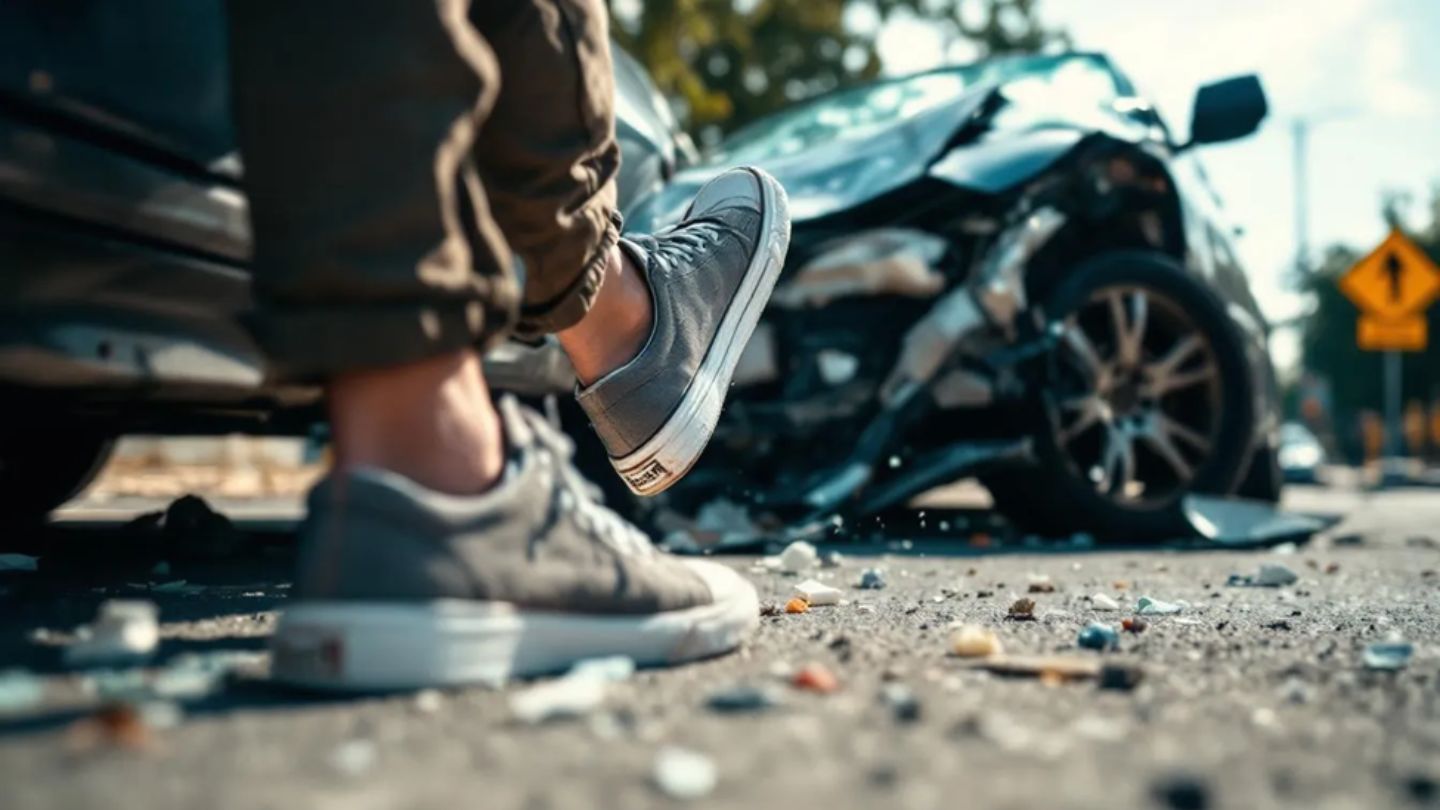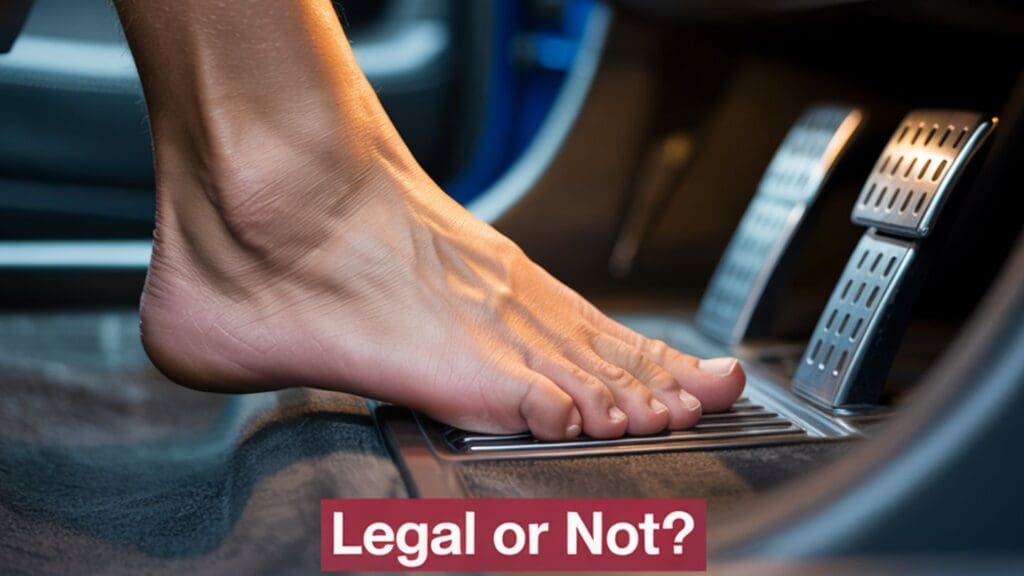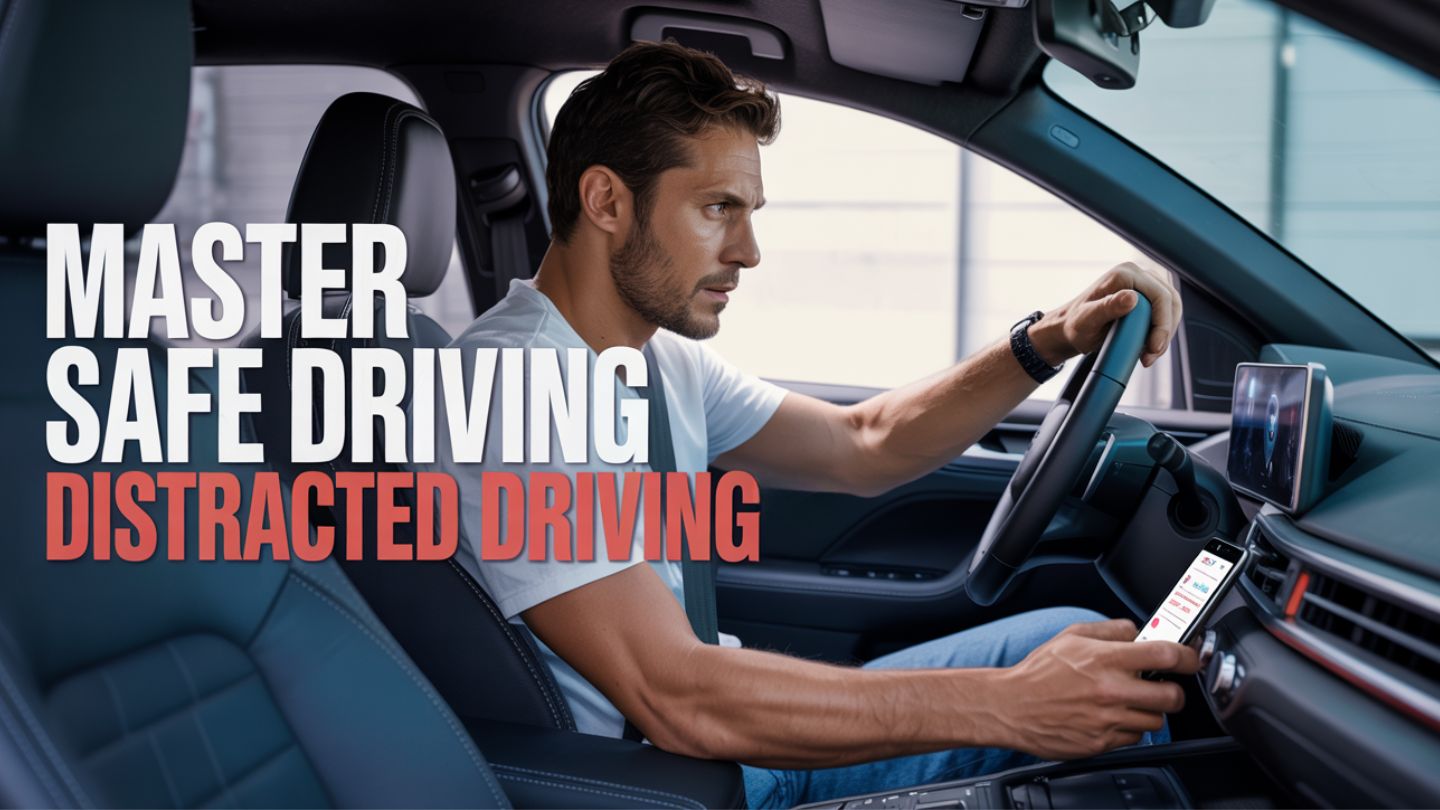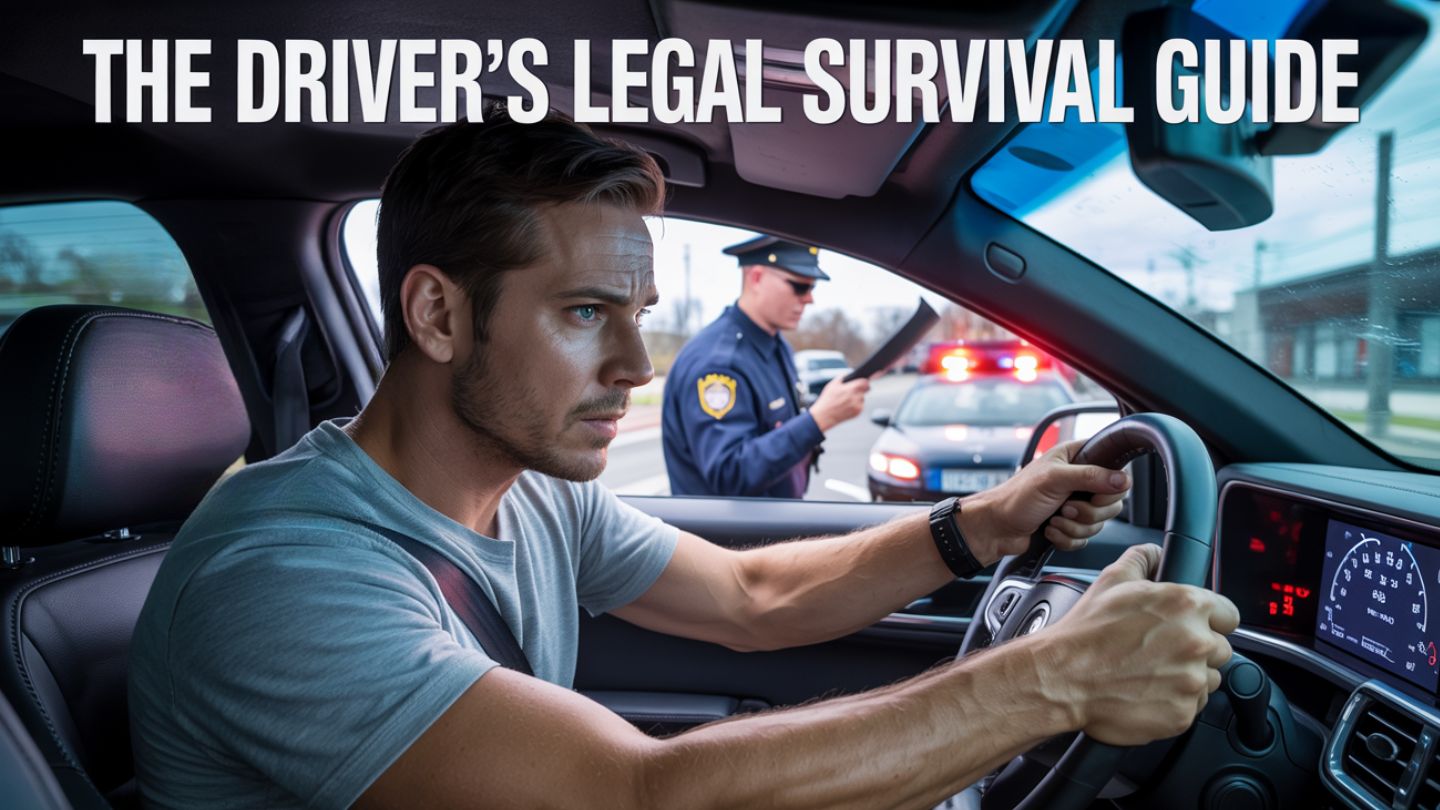Is it illegal to drive barefoot? Here’s what you need to know: Driving barefoot is generally legal in most states. However, it’s essential to be aware of the safety risks and potential legal consequences. This blog will guide you through the legality, safety issues, and how it might affect your insurance claims.
Key Takeaways
- Driving barefoot is legal in most U.S. states, but local laws can vary, so checking regulations is crucial.
- Safety concerns associated with barefoot driving include reduced control over pedals and increased risk of injury in accidents.
- Driving barefoot may impact insurance claims and liability in accidents, potentially leading to reduced settlements or denial of claims.
Driving Barefoot: Legal or Not?
One of the most common questions about barefoot driving is whether it’s legal. The short answer is that in most parts of the United States, it is not illegal to drive barefoot. Interestingly, there are no federal laws requiring drivers to wear shoes while driving, leaving this matter up to individual states.
For instance, in Ohio, driving barefoot is perfectly legal, and you cannot be ticketed for it unless it leads to reckless behavior or reckless driving. Checking local laws is important, as the legality can vary by jurisdiction. While some states may have no specific laws against it, others may have guidelines that indirectly discourage the practice of car barefoot.
Whether you’re in Texas, Florida, or New Hampshire, double-checking the local laws in other states can save you from unexpected penalties after a long day. Knowing the legal landscape helps in deciding whether to wear shoes while driving or to decide to go barefoot at this point.
Read more: Decoding Texas Traffic Ticket Laws
Safety Concerns with Barefoot Driving
While driving barefoot isn’t illegal in most states, it does come with its own set of safety concerns. Primary risks include:
- Reduced control over acceleration and braking.
- Bare feet slipping off the pedals more easily, increasing the risk of losing control of the vehicle barefoot.
- Lack of traction, which can be particularly driving barefoot dangerous in emergency situations where a quick reaction is required.
Additionally, the discomfort of driving without shoes can be distracting. Scenarios like driving over broken glass or hot surfaces can lead to severe injuries and car accidents, leaving drivers injured.
Some states even issue warnings against driving barefoot due to these safety hazards. Safety should always be the main concern, and wearing appropriate footwear can help avoid negligent or careless driving.
Read more: Top Safety Tips for Driving at Night: Stay Alert and Secure
Footwear Choices and Driving Safety

When it comes to driving, the type of footwear you choose can significantly impact your safety. Proper footwear helps maintain control of the vehicle by allowing effective pedal management. Loose sandals or flip-flops, for example, can easily slip off your foot and get caught under the pedals, leading to potential accidents caused by improper footwear.
High heels and slippery shoes are also problematic as they can impede quick foot movement between the brake pedals and the brake pedals. Footwear that doesn’t secure to the heel should be avoided, as it can make braking or accelerating challenging. Such shoes can be as dangerous as driving barefoot, if not more.
Dedicated driving shoes are designed to improve safety and comfort, typically featuring flexible soles and a snug fit for proper pedal control. Keeping an extra pair of proper driving shoe in your vehicle is a simple yet effective way to prioritize safety while driving.
Read more: Top Tips on How to Prevent Distracted Driving
Impact on Insurance Claims
Insurance claims are a critical consideration for drivers, and driving barefoot can have implications here too. Although insurance claims are primarily based on fault, driving barefoot can affect liability if it contributes to an accident. For instance, if you were to lose control of your vehicle while driving barefoot, your insurance company might perceive you as less cautious, impacting your claim.
Moreover, insurers may consider you partially at fault for any injuries sustained in an accident if barefoot driving is a contributing factor. This could lead to a lowered settlement or even a denied claim. Additionally, driving barefoot increases the chance of foot injuries during accidents, as bare feet lack the protection that shoes provide.
Knowing these potential impacts on insurance claims can guide you in making more informed decisions about your driving habits and footwear choices.
Read more: Top Tips on When Not to File a Car Insurance Claim
Legal Implications of Barefoot Driving Accidents

The legal implications of driving barefoot can be significant, especially if it leads to an accident. Driving barefoot can impact your pedal control and, consequently, your accident liability. In some cases, it may be considered evidence of negligence, affecting your ability to recover compensation for injuries.
For example, in Maryland, contributory negligence laws can deny recovery for injuries if barefoot driving is found to have contributed to the car accident. Even being 1% to blame can prevent you from recovering compensation. Police may also view driving barefoot as careless or negligent, leading to additional tickets or penalties.
Knowing these legal ramifications is crucial for any driver considering barefoot driving. While it may be legal, the potential consequences in the event of an accident are worth considering.
Motorcycle Riding Barefoot: Rules and Risks
Motorcycle riding barefoot introduces another layer of risk and regulation. While one state explicitly prohibits it, others have specific regulations discouraging the practice for safety reasons. Wearing protective footwear is typically recommended while riding a motor vehicle to ensure safety and control.
The risks associated with riding a motorcycle barefoot are substantial:
- Your feet are vulnerable to injuries from road debris.
- Hot surfaces can cause burns.
- The motorcycle’s own mechanical parts pose injury risks.
- Lack of traction can lead to slipping off the pedals, increasing the risk of accidents.
Given these risks, wearing appropriate footwear is essential for safe motorcycle riding. Prioritizing safety can protect against accidents and ensure a more secure riding experience.
Misconceptions About Barefoot Driving
One of the biggest misconceptions about barefoot driving is that it’s illegal. However, driving barefoot is generally legal across the U.S., with no state having laws explicitly prohibiting it. Many people mistakenly believe otherwise, largely due to misunderstandings about safety regulations and anecdotal warnings.
Law enforcement advises against driving barefoot due to potential safety risks and the possibility of negligence if it leads to an accident. These misconceptions contribute to the confusion surrounding the legality and safety of barefoot driving.
Understanding the truth behind these misconceptions helps drivers make more informed choices about their driving habits and, contrary to popular belief, footwear.
Expert Tips for Safe Driving
Experts suggest wearing comfortable, non-slip shoes for driving to ensure safety and better control. Comfortable sneakers or driving shoes specifically designed for pedal control are ideal choices. These shoes should cover the foot entirely and possess at least 10mm thick soles for optimal safety and pedal pressure.
Good tread on the sole is important for traction and smooth operation of vehicle pedals. Secure closed toe shoes enhance pedal control and overall driving safety, making them a better choice than driving barefoot.
Wearing appropriate footwear while driving a car is crucial for ensuring safety and control. Making safety a top priority by wearing shoes can require drivers to prevent accidents and enhance your driving experience.
Mastering the road starts with understanding the key defensive driving techniques every driver should know. From maintaining a safe following distance to anticipating potential hazards, these techniques help prevent accidents, improve reaction time, and promote safer driving habits for all road conditions.
Read more: Master Safe Driving: What Are the 5 Rules of Defensive Driving?
Final Thoughts
Driving barefoot is generally legal across most of the U.S., but that doesn’t mean it’s always safe. While no federal law prohibits it, safety concerns like reduced pedal control and increased risk of injury make it a questionable choice. The blog explores the legality, safety issues, impact on insurance claims, and common misconceptions around barefoot driving.
At Court Approved Defensive Driving, we help you stay safe and informed with expert guidance through our Texas defensive driving course online. Learn smart driving habits, reduce insurance rates, and understand what it really takes to drive responsibly.
Frequently Asked Questions
Is it illegal to drive barefoot in the U.S.?
It’s generally not illegal to drive barefoot in most parts of the U.S., but it’s wise to verify local laws as they may differ by jurisdiction.
Can driving barefoot affect my insurance claim?
Driving barefoot can affect your insurance claim if it is deemed to contribute to an accident, as insurers may view this choice as a sign of negligence. It’s advisable to follow safe driving practices to avoid potential complications with claims.
What are the safety risks of driving barefoot?
Driving barefoot poses significant safety risks, such as diminished control over the pedals, a higher chance of slipping, and increased vulnerability to injuries from sharp or hot surfaces. It’s safer to wear appropriate footwear while driving.
Are there specific regulations for riding a motorcycle barefoot?
Yes, there are regulations in some states that discourage riding a motorcycle barefoot, emphasizing the importance of wearing protective footwear for safety. It’s advisable to always wear proper shoes while riding.
What type of footwear is recommended for safe driving?
For safe driving, it’s essential to wear comfortable, non-slip shoes like sneakers or specialized driving shoes that enhance pedal control. This choice improves your stability and reaction time while on the road.



